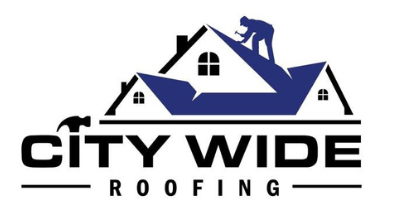In the era of rising environmental concern and energy efficiency, the trend towards ‘cool roofs‘ has seen a significant surge.
However, as with any construction or renovation project, they come with their own set of regulatory considerations that must be duly acknowledged. These regulations, often complex and multifaceted, range from local building codes to state and national energy conservation standards.
Our discussion will illuminate the legal landscape surrounding cool roofs, providing an essential guide to navigating this intricate mesh of requirements.
As we explore this topic, it will become increasingly evident that compliance is not just about adhering to the law – it’s also about maximizing the potential of your cool roof for optimal environmental and economic benefit.
Understanding Cool Roof Regulations
To fully grasp the concept of cool roof regulations, it is essential to delve into the specific rules and standards set by governing bodies to regulate the materials, colors, and reflectivity levels of roof surfaces for the purpose of energy efficiency.
These regulations are designed to lower building temperatures, reduce energy consumption, and mitigate urban heat island effect. They include stipulations on solar reflectance index (SRI), thermal emittance, and aged solar reflectance.
Policymakers often update these regulations to reflect advancements in roofing technology and climate science. Understanding these regulations is not only crucial for compliance but also for maximizing energy savings.
Navigating Local, State, and National Codes
Navigating through local, state, and national codes pertaining to cool roof regulations demands a deep understanding of the diverse and often complex set of standards in place.
The first step to compliance is identifying the applicable codes in your region. Local codes often provide the most restrictive guidelines, but state and national codes should not be overlooked as they can offer broader context and clarification.
Understanding the specifics of these codes is paramount to ensure compliance and avoid potential penalties. Engaging with knowledgeable industry professionals and comprehensive guides can greatly assist in this process.


